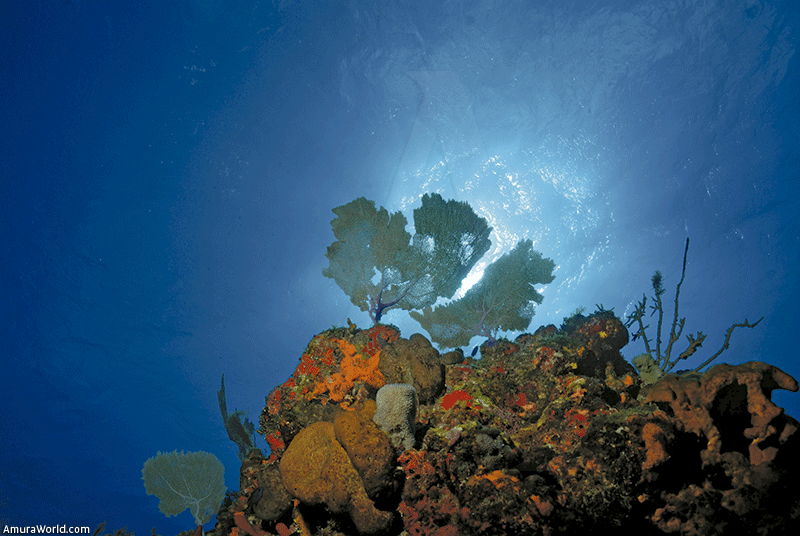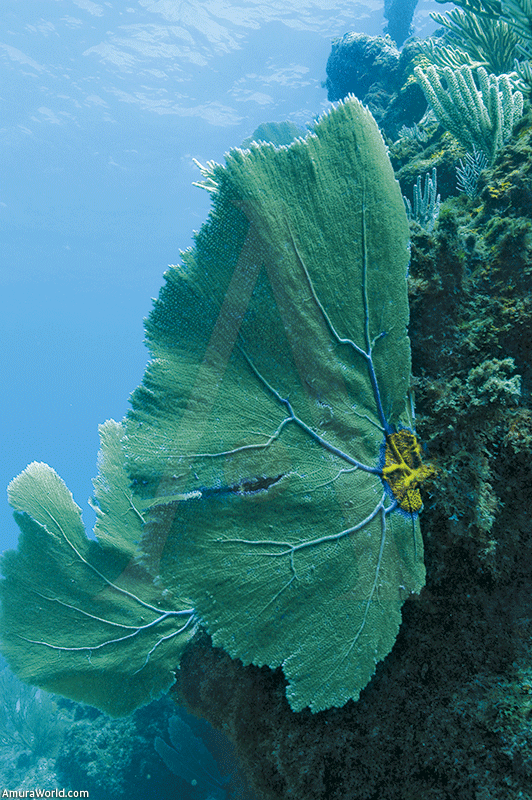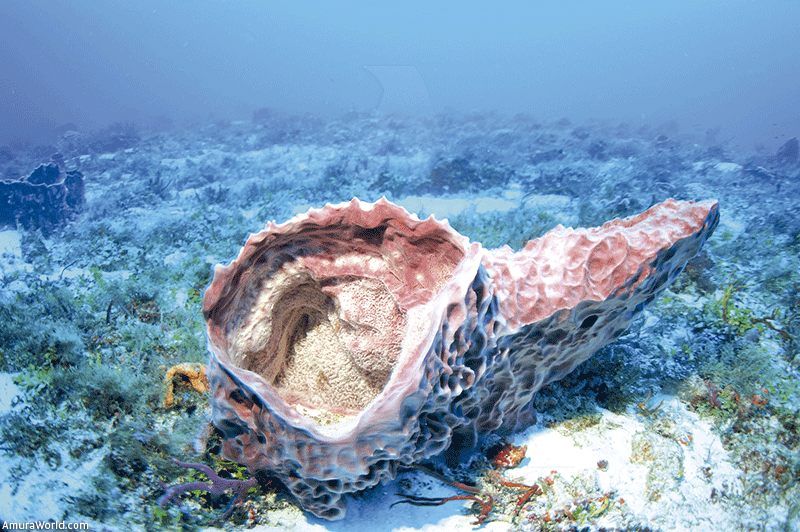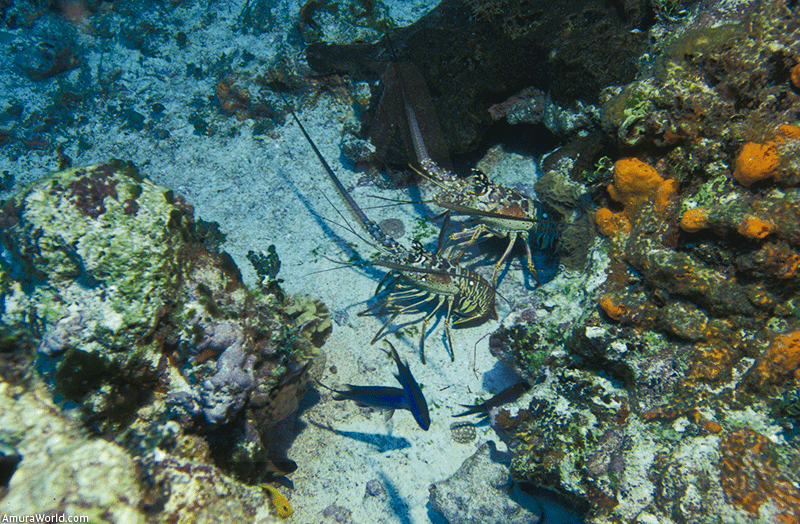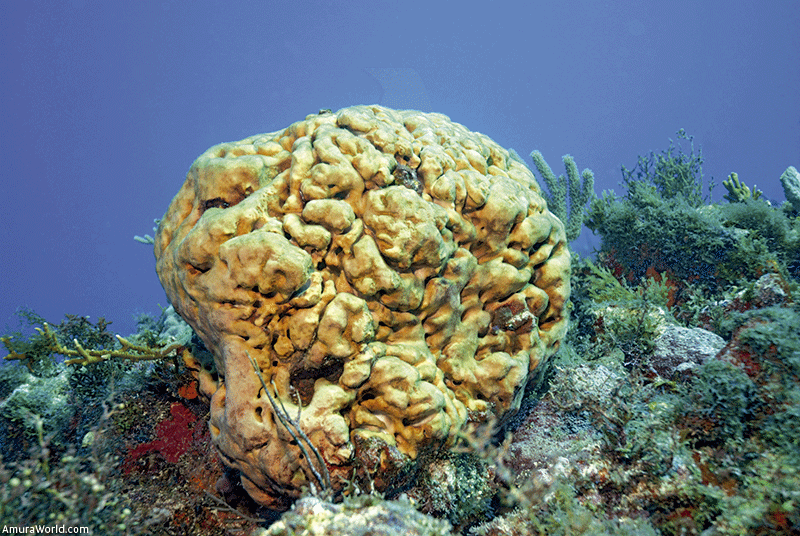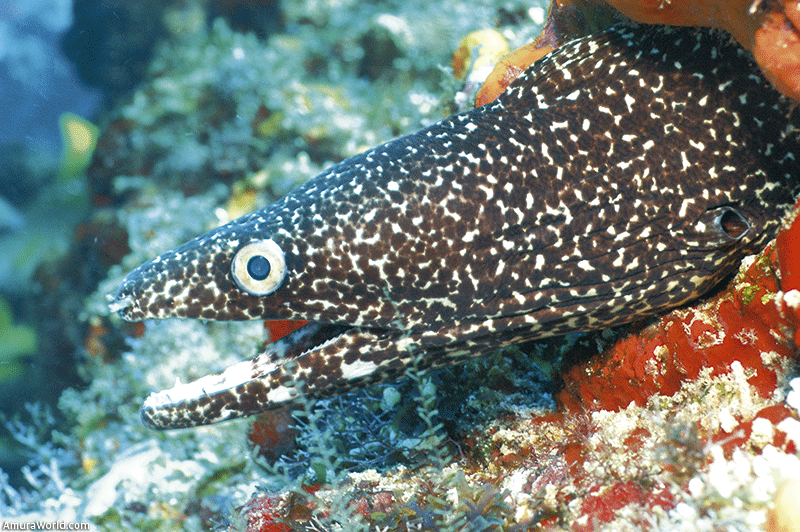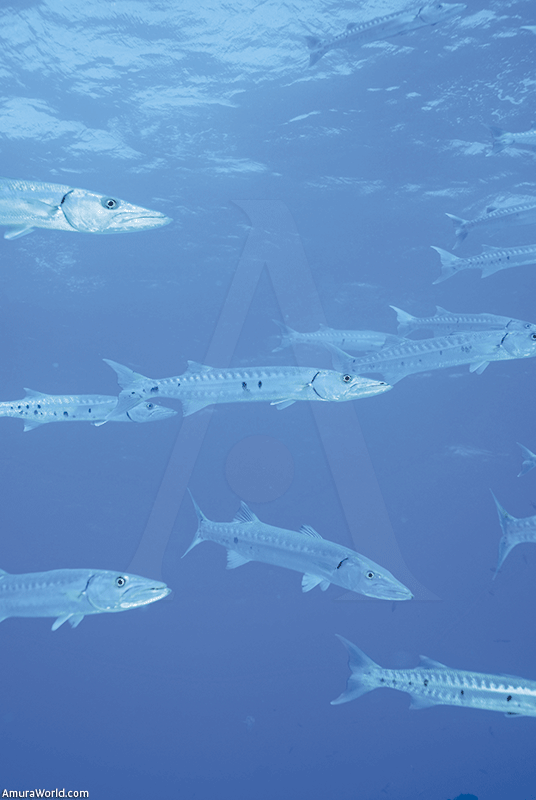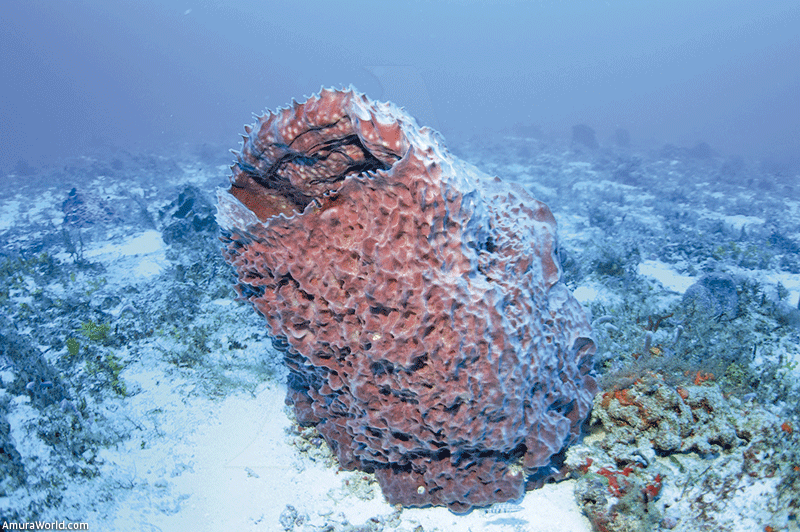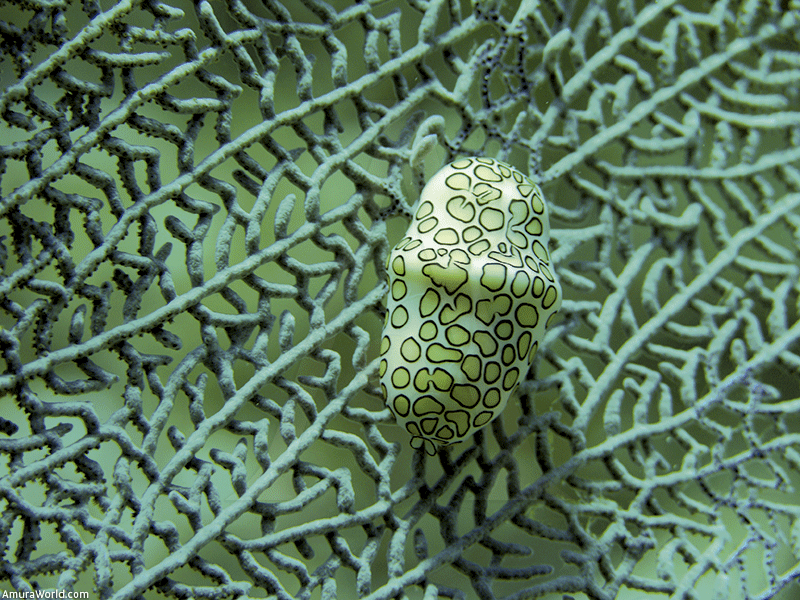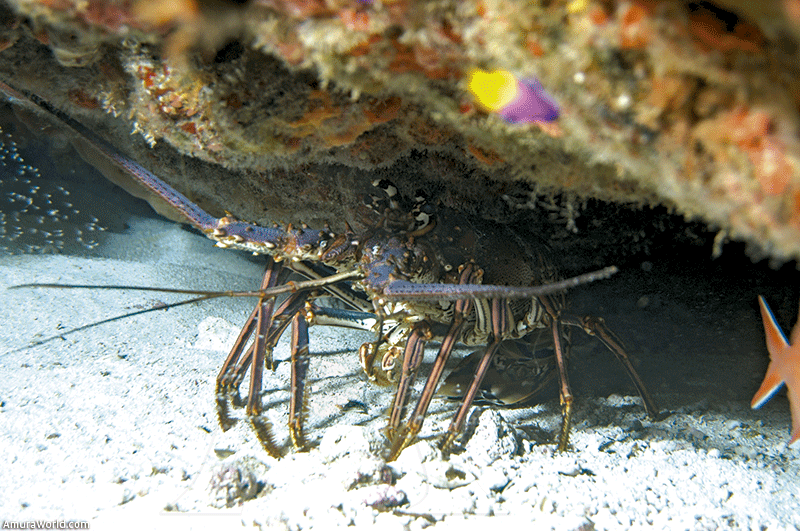I remember it as if it were yesterday; the first time I saw and swam with a whale shark was in the incredible Sea of Cortés. It was a young and very friendly male. From that same moment, I remained in awe of these inoffensive marine beings and I promised myself to learn more about this species. Life has given me the opportunity to observe them in other parts of the world such as the Galapagos, Cocos, Malpelo and Revillagigedo.
On researching a little more into whale sharks, I learned that in the neighboring country of Belize, there is a place where these great animals congregate every year to feed on the eggs of the cubera snapper. That is why I am now aboard an airplane heading towards the capital of Belize to catch another flight that will take us to the small town of Plasencia, almost on the frontier with Honduras, where we will spend the whole weekend diving and looking for whale sharks. On this trip, I am lucky enough to have the generous Adrián Sada and the restless Alejandro Ruiz is traveling companions.
After several hours of flying, we arrived in time to make our reconnaissance dives in the shallow waters of the bay. The trip on the boat was very pleasant because the sea was calm and we were accompanied for a long time by a school of friendly dolphins that made it a happy journey. On arriving at the diving site, we put on our wetsuits, flippers, face masks and tanks and when ready we broke the still and clear Caribbean waters. The light was already fading, but was enough to be able to see the seabed completely full of fans and candelabra that flower in very shallow waters and that move back and forth with the tide. Little by little, we consumed the air in our tanks and enjoying the wonders of it to us by the sea.
We returned to a hotel very tired, but very happy about our first underwater adventure in Belize.
Very early the next day, following a hearty breakfast, we returned to the sea to make two dives. When we submerged into the water, the rays of sunlight penetrated the surface of the sea giving us visibility of almost 100 feet. We still had not reached the seabed when an elegant eagle ray, as they are known here, came out to meet us; it passed so close to us that we could see its body markings and its face so clearly that it seemed to be constantly smiling.
We dived on a wall where I was able to film one of the largest sea sponges I had ever seen in my life. It was so big that an adult diver with all his equipment could fit inside, and besides being enormous, its colors vary from bright purple to metallic orange. The walls of the coral wall provide refuge for lobsters, fantasy shrimps and curious hermit crabs, as well as the green and jewel morays. We went up slowly until we arrived at the shallow beds and once more we found ourselves in this garden of soft coral, which when we looked closely, we could see the delicate flamingo-tongue snails hanging in the branches. The grouper fish, croaker and trumpet fish camouflage themselves at the base of the majestic gorgonian sea fans. Meanwhile, at half depth, snappers are chased by the barracudas; what a spectacle nature offers us. But now we wanted more, and now it is time to look for the animals that had brought us to this remote region, the gentle whale shark.
In Belize there is a reef called Gladen Spit, which forms part of the great Meso-American barrier reef that also passes by Mexico. It is here, at each full moon during April and May at nightfall, the croaker and the grouper fish come up from a depth of 150 feet to 50 feet to lay their eggs. There are so many that the water turns white. It is then when they whale sharks appear, together with dolphins, bull and great sharks, as well as the blue-finned tuna fish. To observe this natural phenomenon, we have to spend a long time in the blue water until we find a school of croaker fish; not an unpleasant task at all!
It is difficult for me to explain the excitement I feel when breathing underwater: the tranquility, the pleasure and the calm transmitted by the sea is so great that I firmly believe that it is an invitation to deep meditation. I was deep in these thoughts when a huge shadow passed just above us, Adrián and Alejandro had been calling my attention to show me the giant marked fish, the largest on the planet, the whale shark that fed calmly and played with the last rays of sunlight. It would be difficult for us to find such a fascinating, enigmatic and complex animal such as the whale shark on the seabed. It would be a great shame to lose it, together with all its mysteries due to the feared land dwellers, because unfortunately in other countries such as China, Indonesia and Japan, hunting them is permitted.
Here in Mexico, we can observe and swim with whale sharks in areas such as Holbox, Quintana Roo and in the bay of Los Angeles in Baja California. I can recommend dear readers, that you do not miss this chance that could change your lives.
Text: Alberto Friscione Carrascosa ± Photo: Alberto Friscione Carrascosa.

